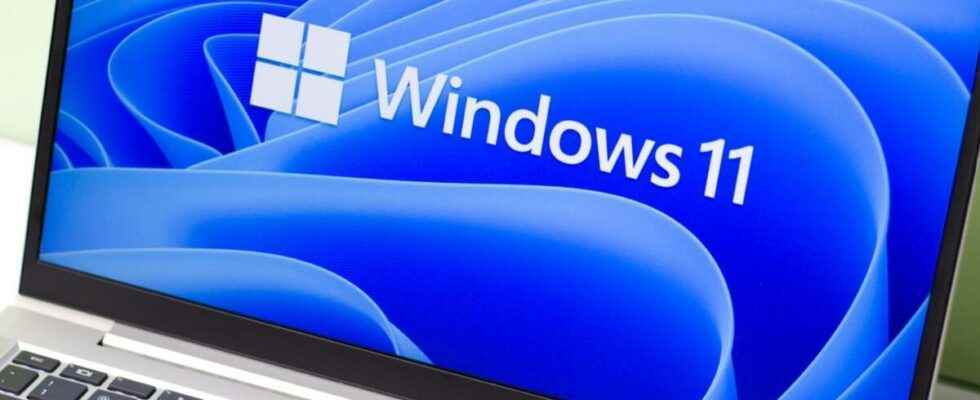Microsoft’s first update for Windows 11 was released earlier this week. After a long cycle of public testing carried out for more than three months, the 2022 update should not hold many surprises for users of Microsoft’s distribution. With a gradual rollout planned over the next few months, it’s unlikely to cause any drama for them or for enterprise administrators.
However, this update should not succeed in converting Windows 11 skeptics into regular users of the distribution. It has no major architectural changes and preserves both the system requirements and the general user experience design of the initial release. It’s basically a ‘fit and finish’ update, with some useful but far from essential new features.
Good news though: Microsoft’s update should be relatively small and quick.
More customization options for the Start menu
With this update, you’ll finally be able to combine program icons into folders in the Windows 11 Start menu. Drag one icon over another to combine them into a folder, and give that folder a custom name to reduce clutter.
The other Windows 11 change will allow you to adjust the relative size of the two sections of the Start menu, one for pinned program icons and the other for “recommended” content, such as shortcuts to files you recently opened and frequently used applications. In the initial release of Windows 11, these regions were of equal dimensions, with no ability to adjust their relative size.
This gave an unsightly large block of white space if you configured Windows 11 to hide all shortcuts in the Recommended section. In the 2022 update, you will be able to change the layout to expand the pinned region and shrink the recommended section (or vice-versa). You can’t completely remove the Recommended section, but choosing the More Pins layout makes it much less noticeable.
A major update to File Explorer
The 2022 update, on the other hand, brings File Explorer the biggest makeover in at least a decade. It will however be necessary to wait a few more weeks before seeing it appear; apparently this feature will be enabled in the first monthly update following the release of the 2022 update.
The most obvious change is the addition of a multi-tabbed interface. You can always choose to have multiple File Explorer windows open, but keeping folders open in separate tabs makes it easy to cut, copy, and paste between different locations without having to juggle multiple windows. The tabbed interface behaves like a modern browser, so the learning curve is easy.
The left navigation pane has been tweaked slightly, with a new home icon and tighter integration with Microsoft’s default cloud storage service, OneDrive. When OneDrive Personal or OneDrive for Business is open, you’ll see an icon in the top-right corner that makes it easy to manage storage and sync options.
New security features
Smart App Control, a new security feature in this update, is designed to keep Windows 11 PCs malware-free by preventing users from running unknown and untrusted apps. Don’t look for this feature on a PC that has been upgraded. It is indeed only available on new PCs or clean installations, where protection comes into play before installing any third-party application.
Some other security settings that were available but disabled by default in the initial release of Windows 11 are enabled with this update. Memory Integrity Protection, for example, uses virtualization-based security to block a common class of exploits. People updating may find that this feature cannot be enabled due to the presence of old device drivers.
Source: ZDNet.com
